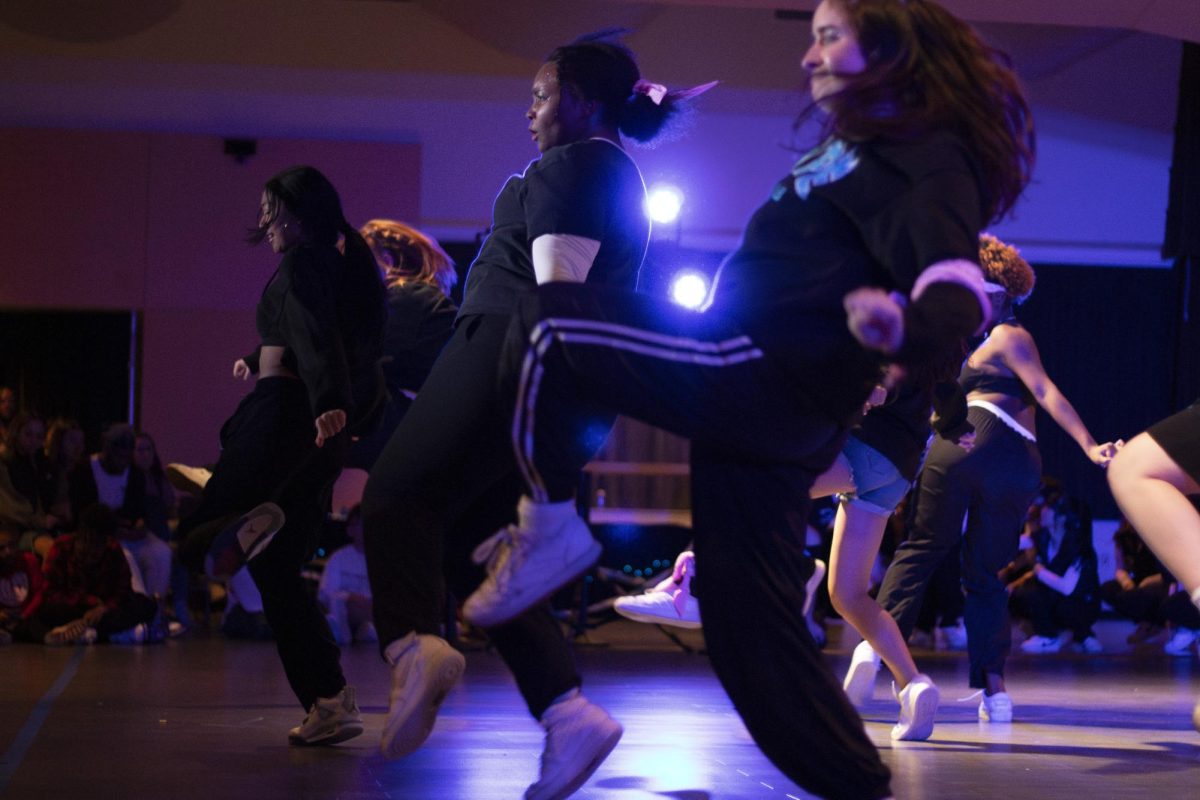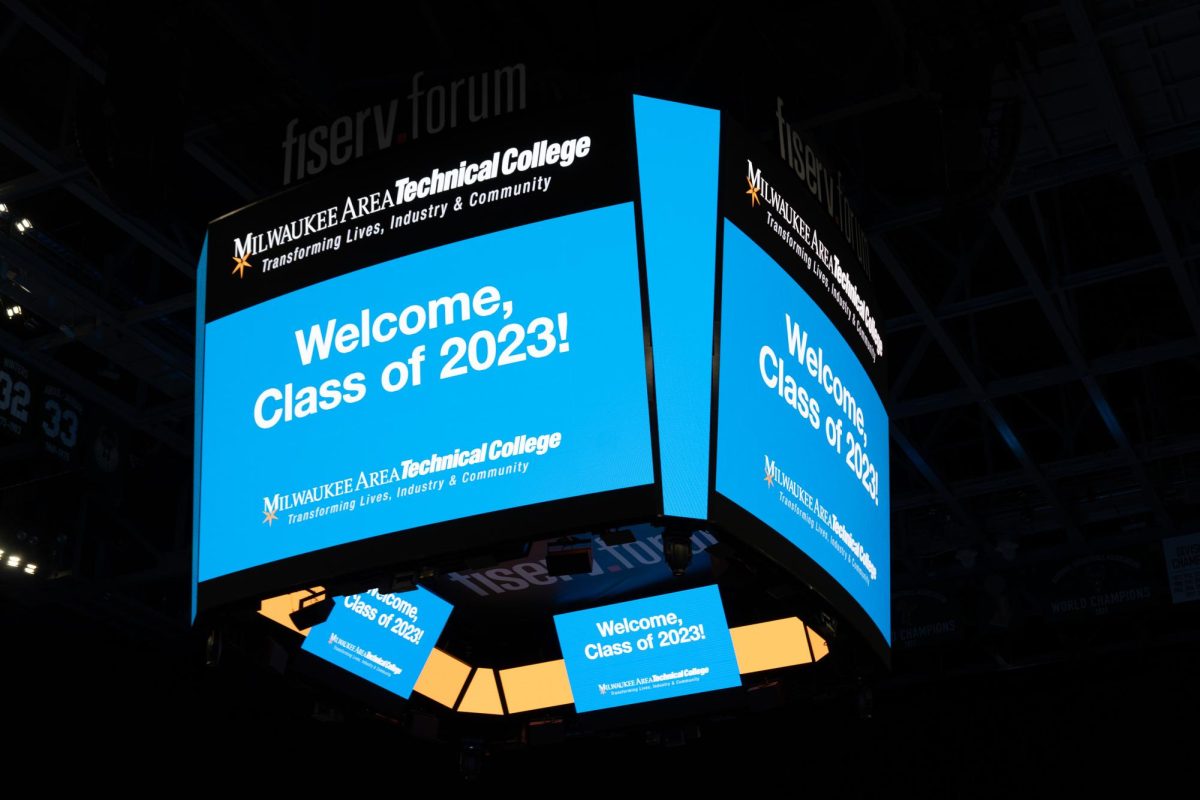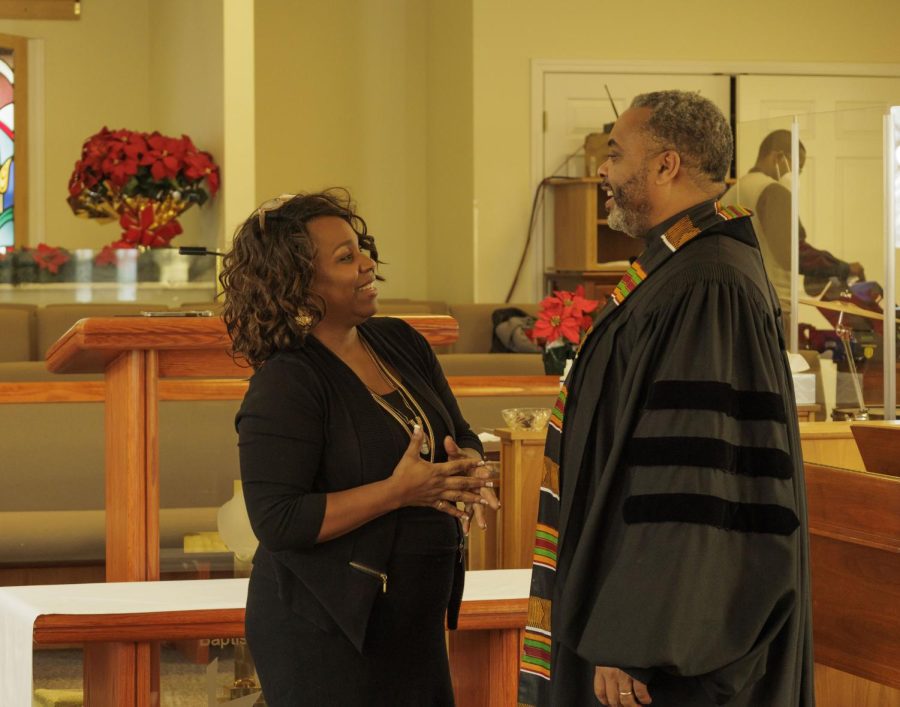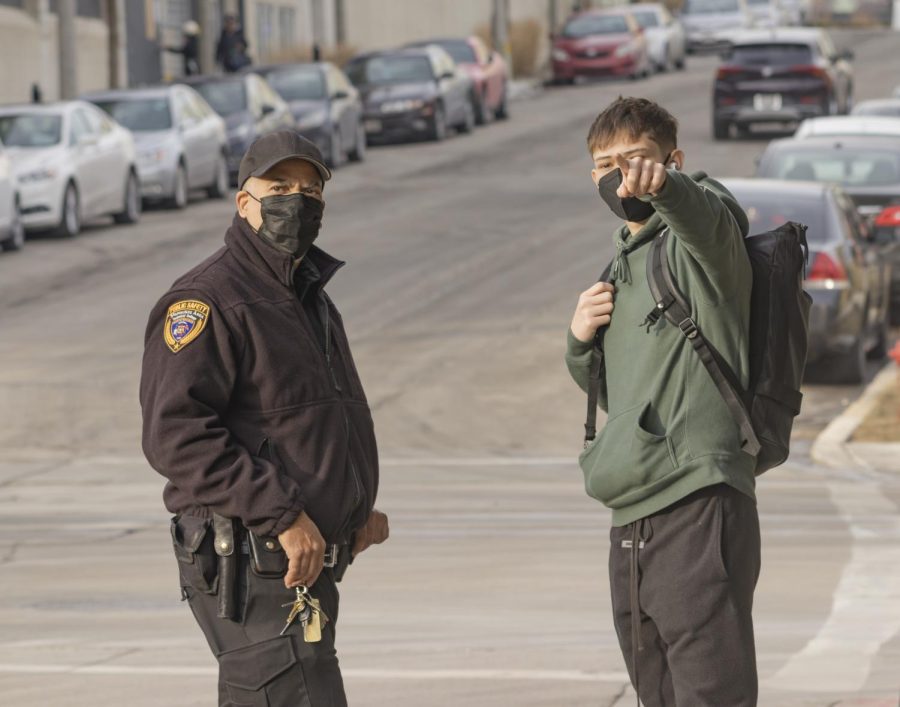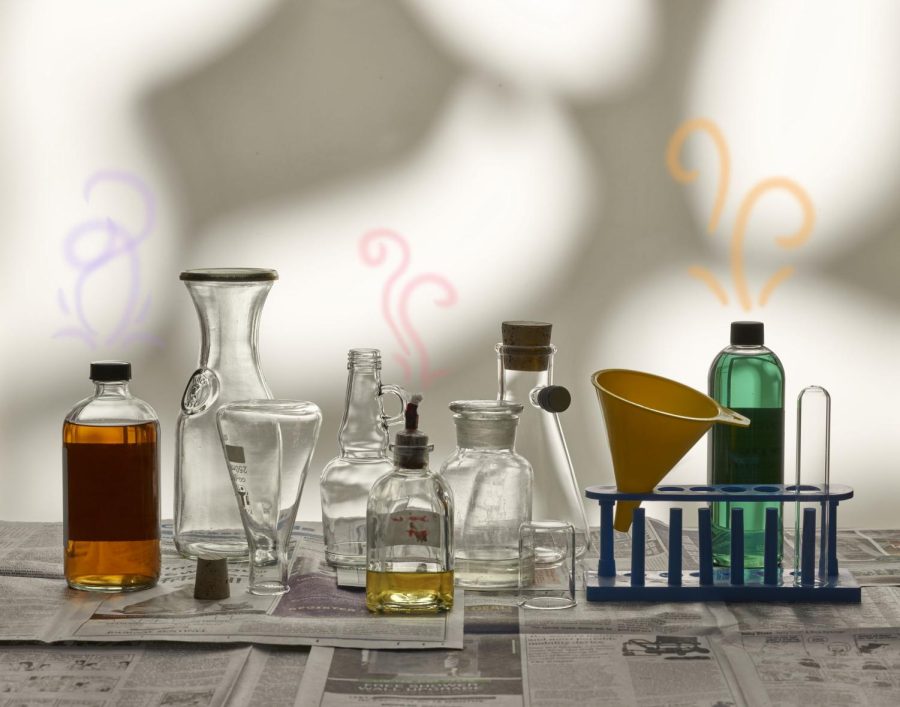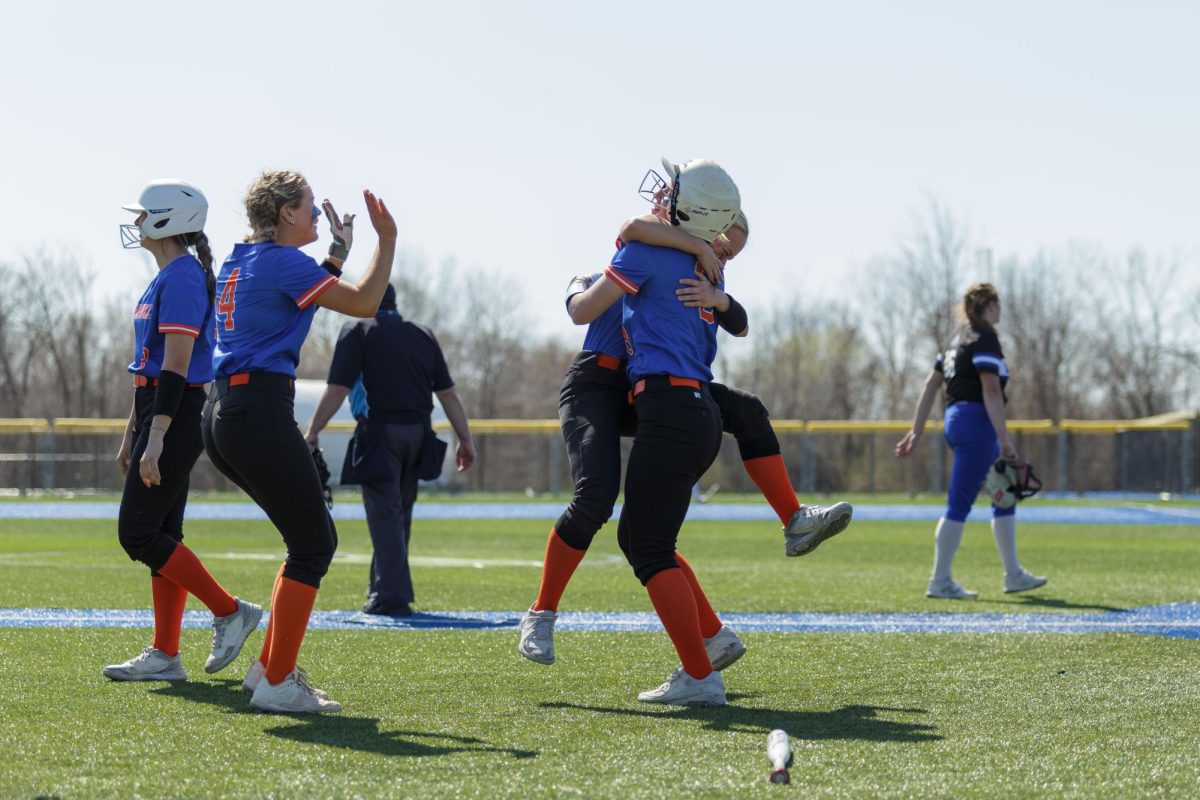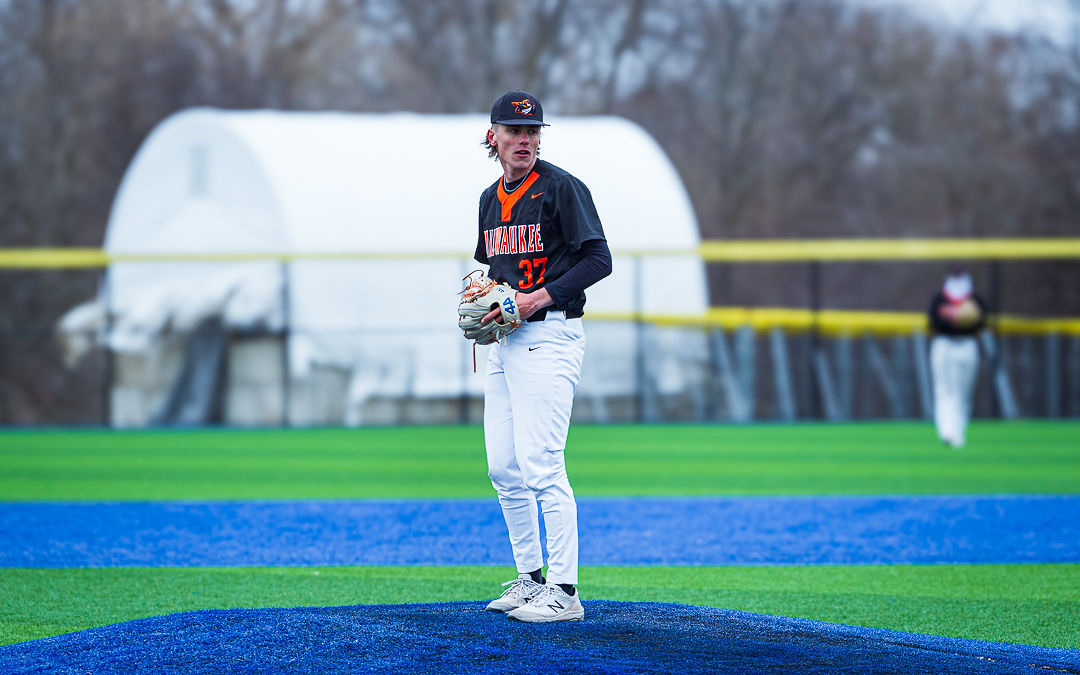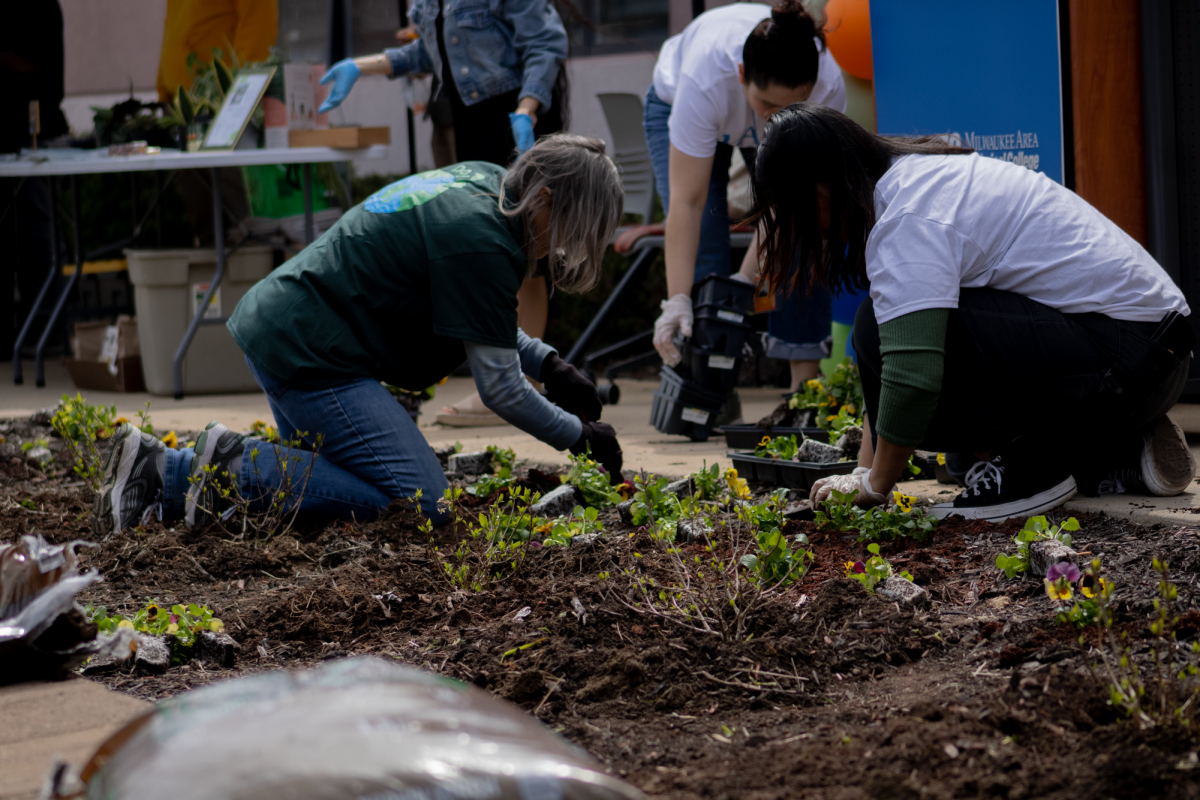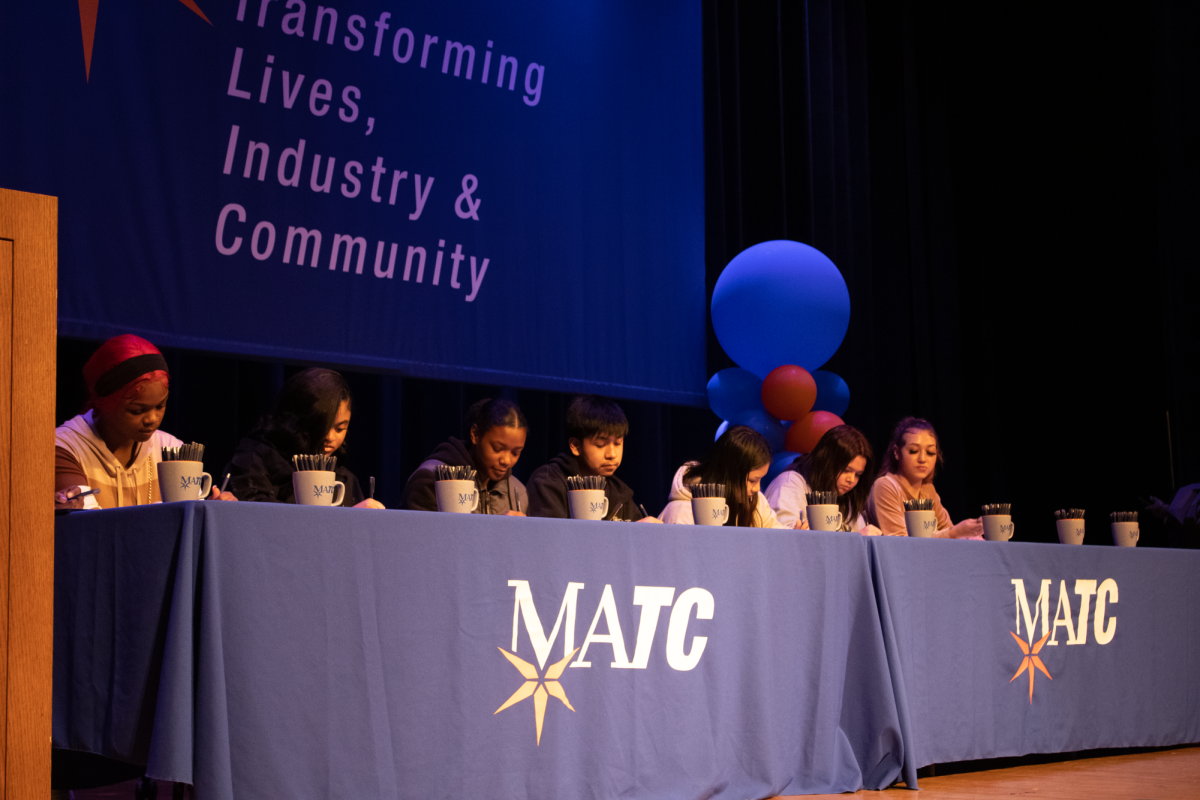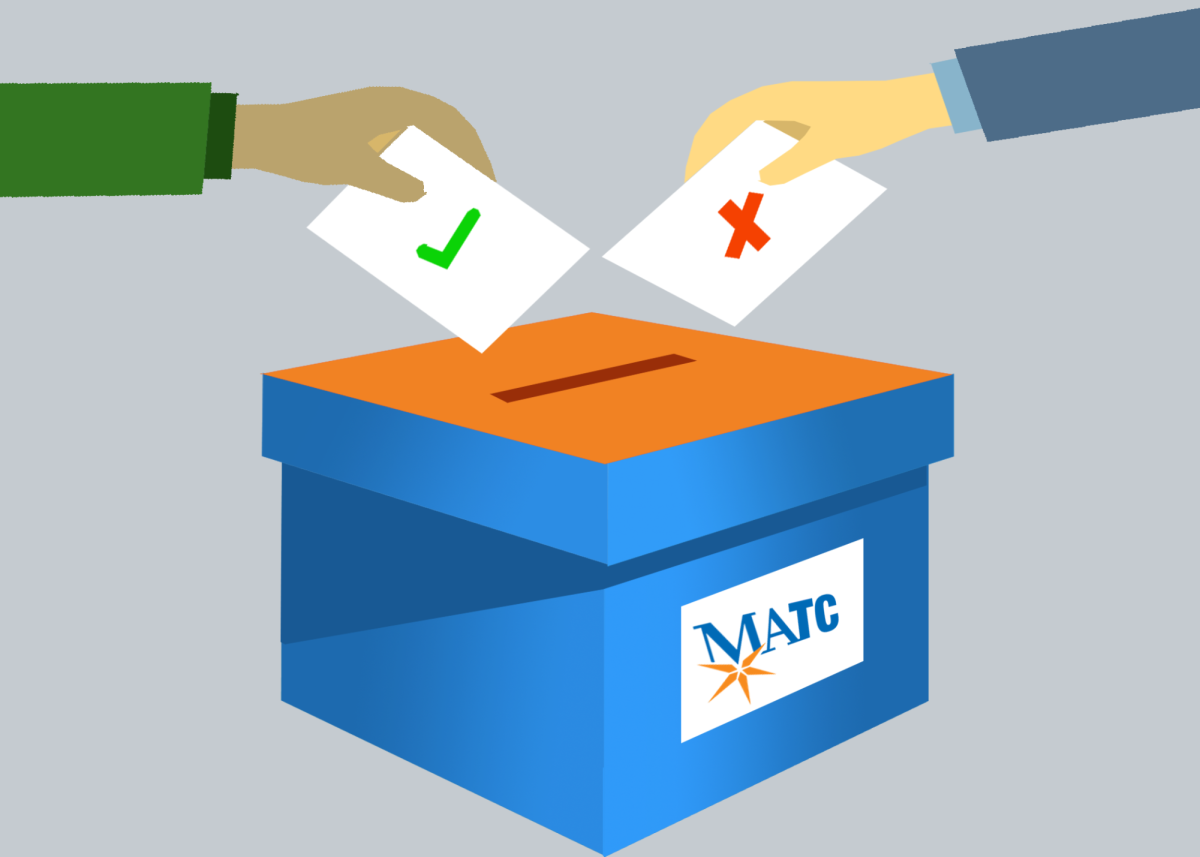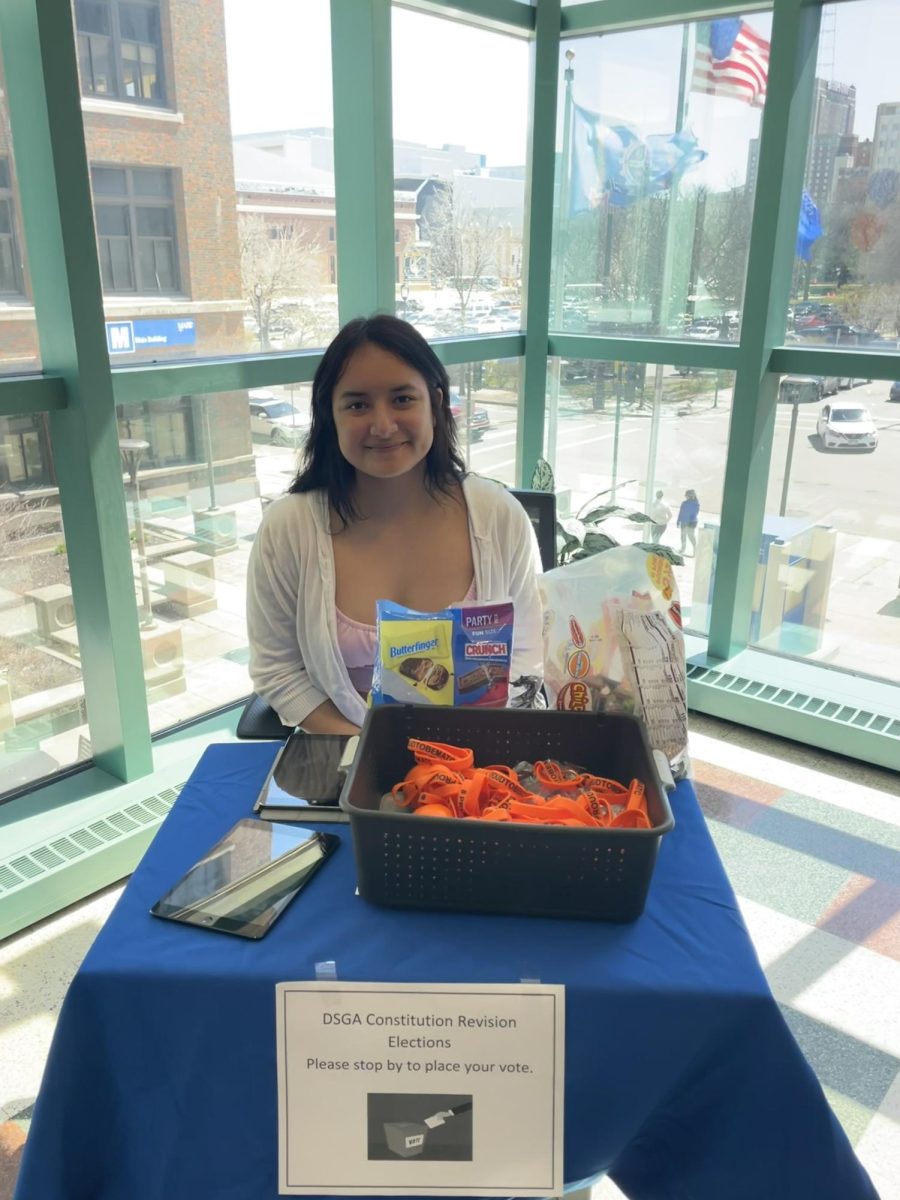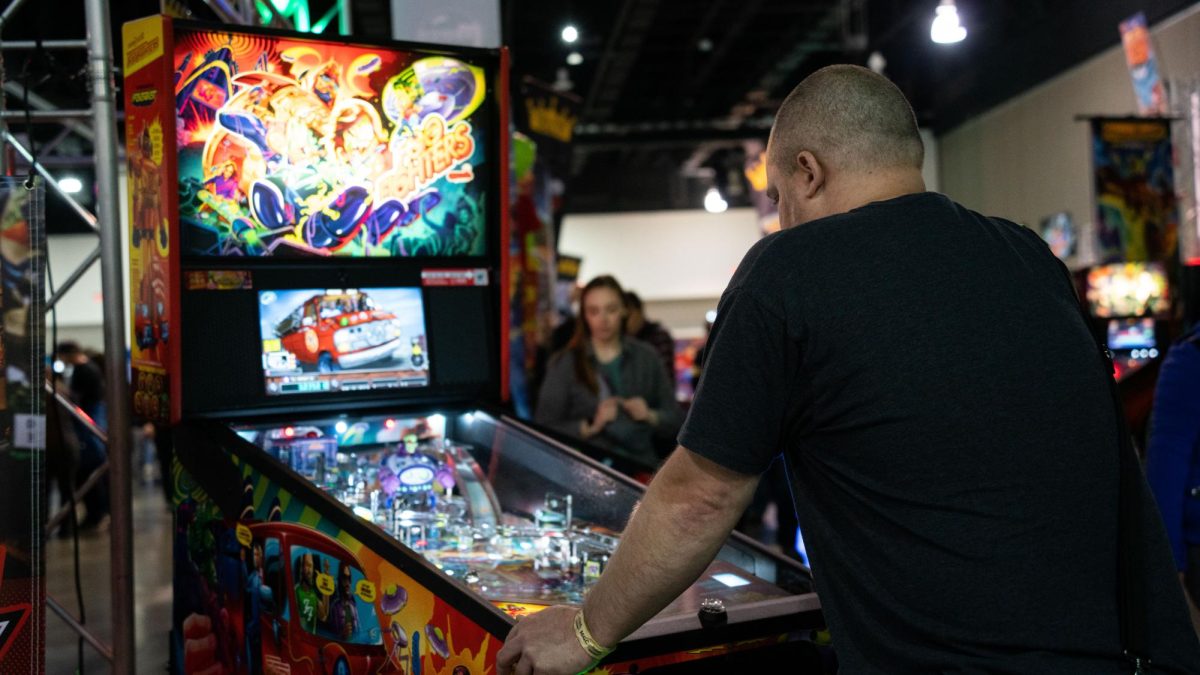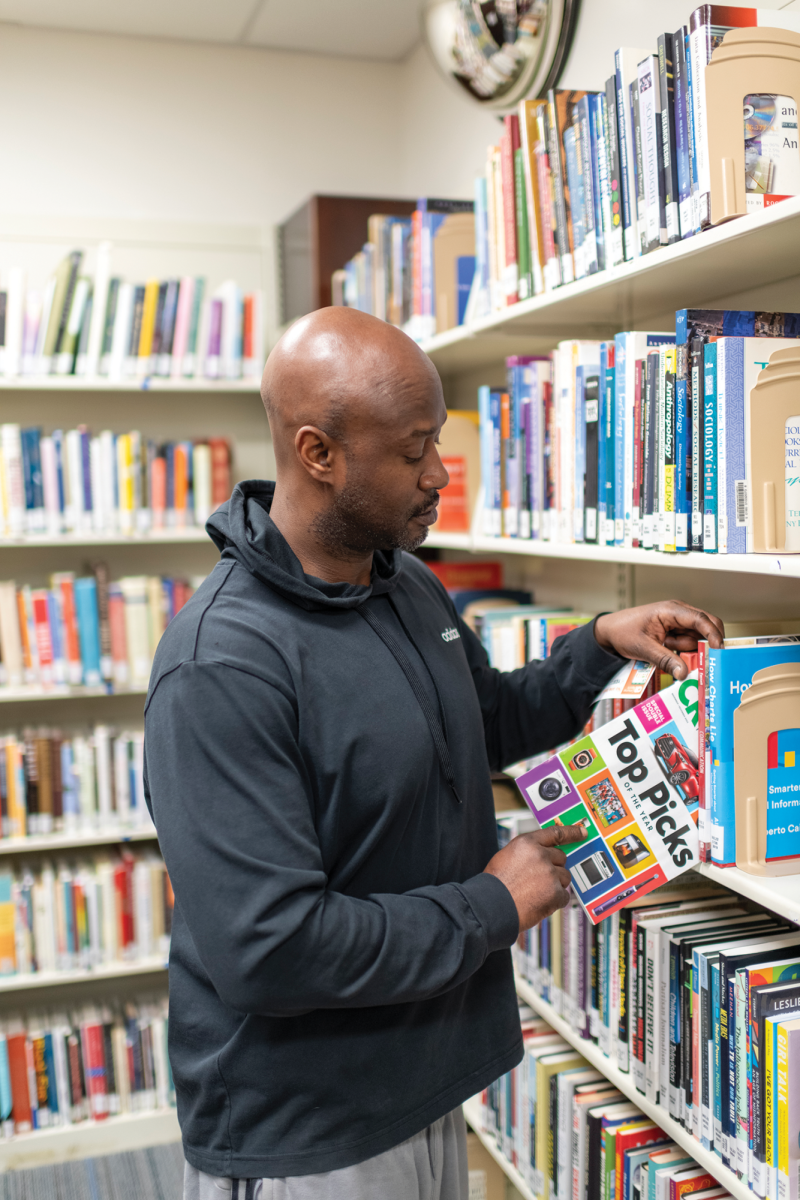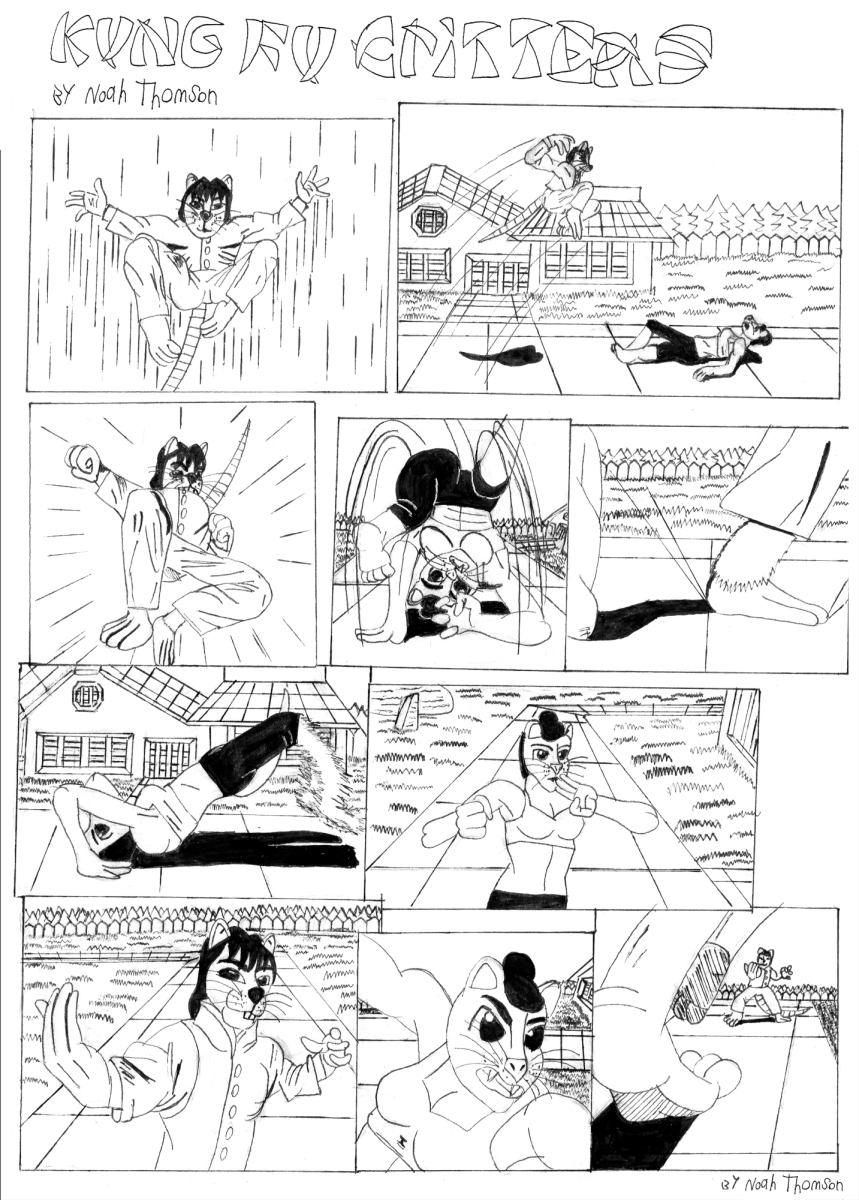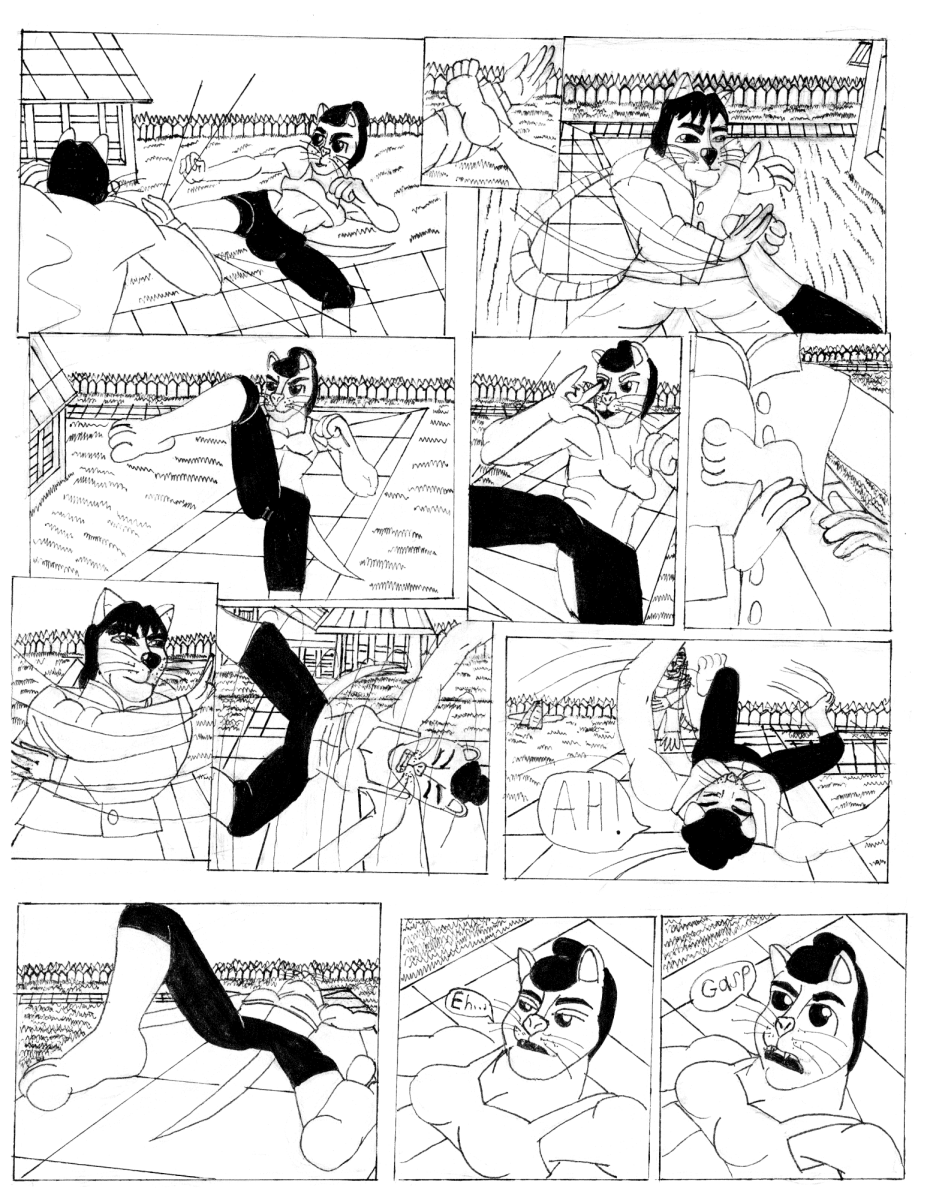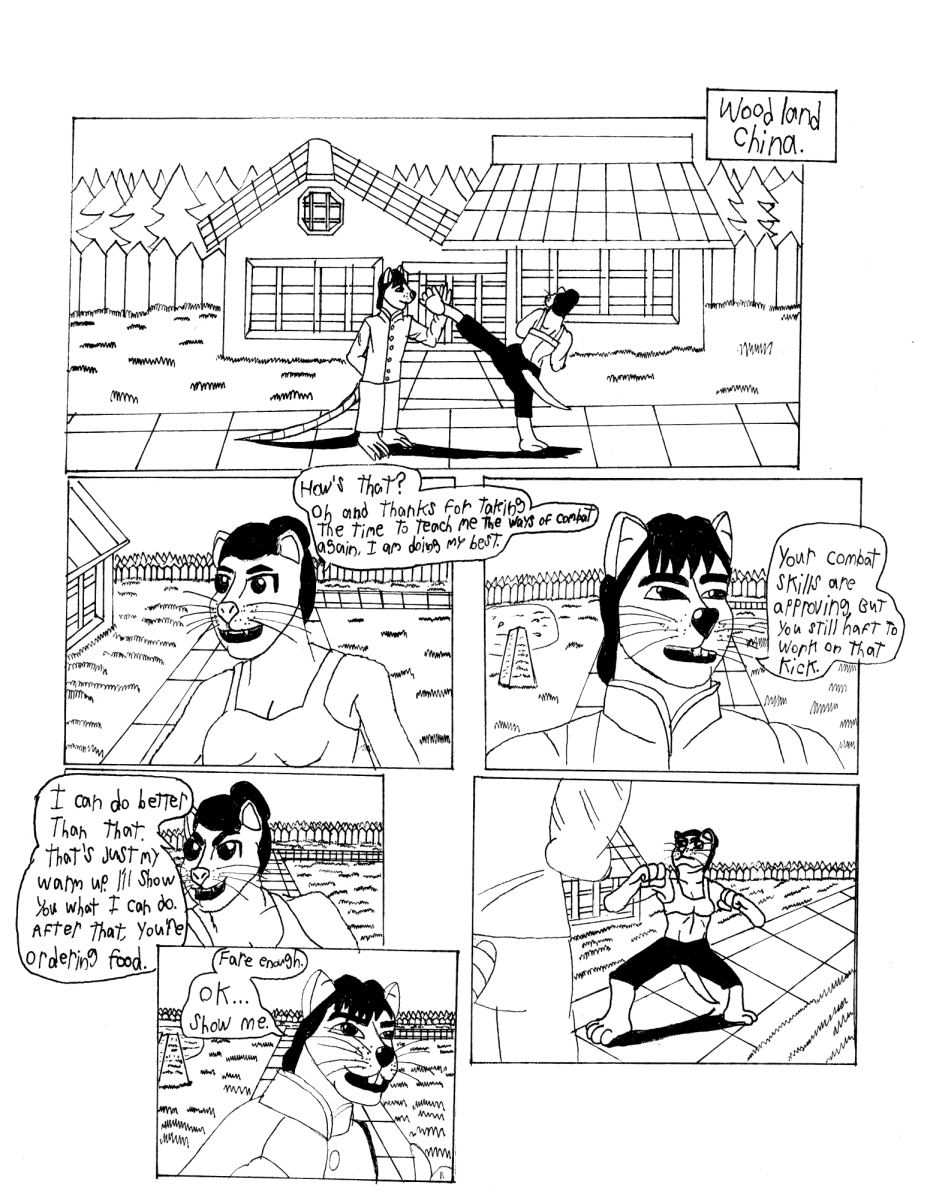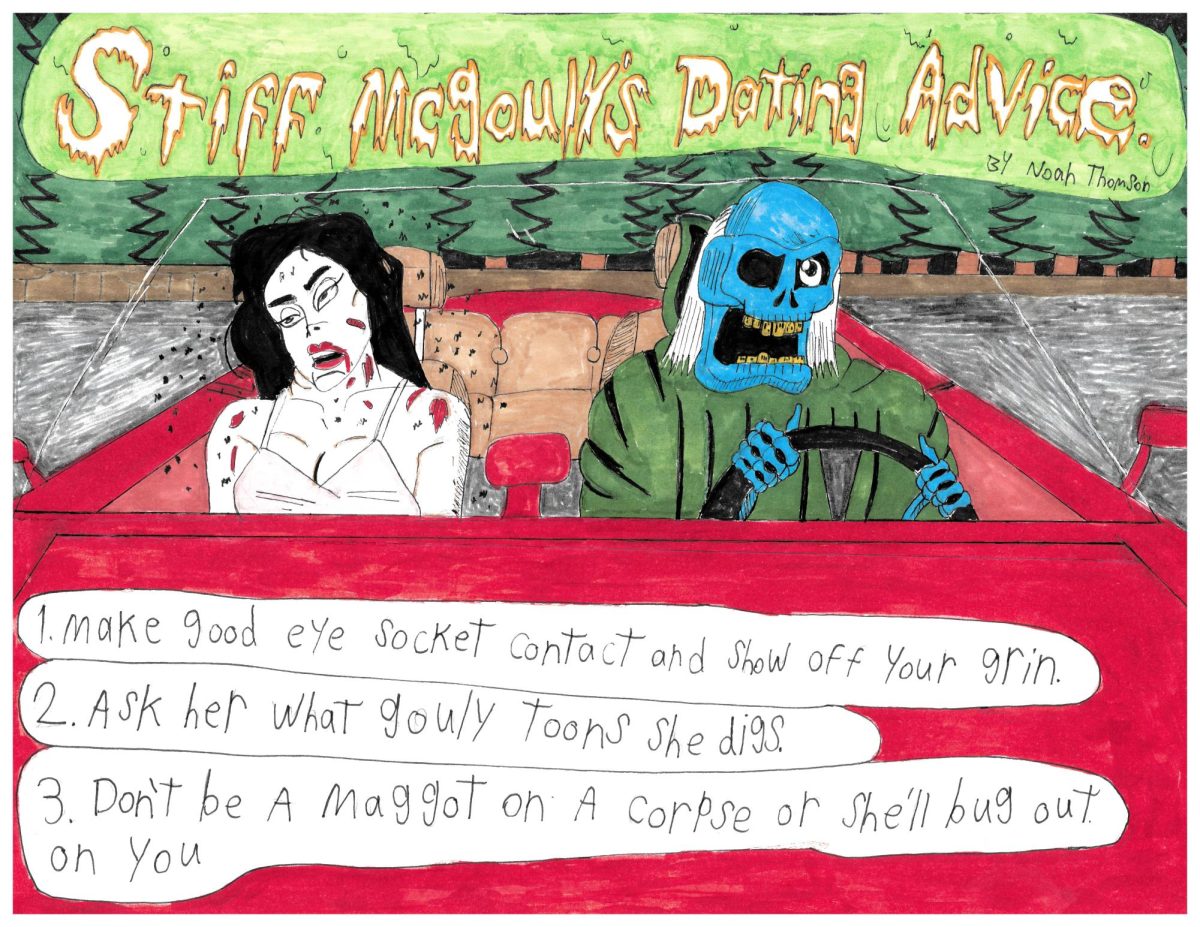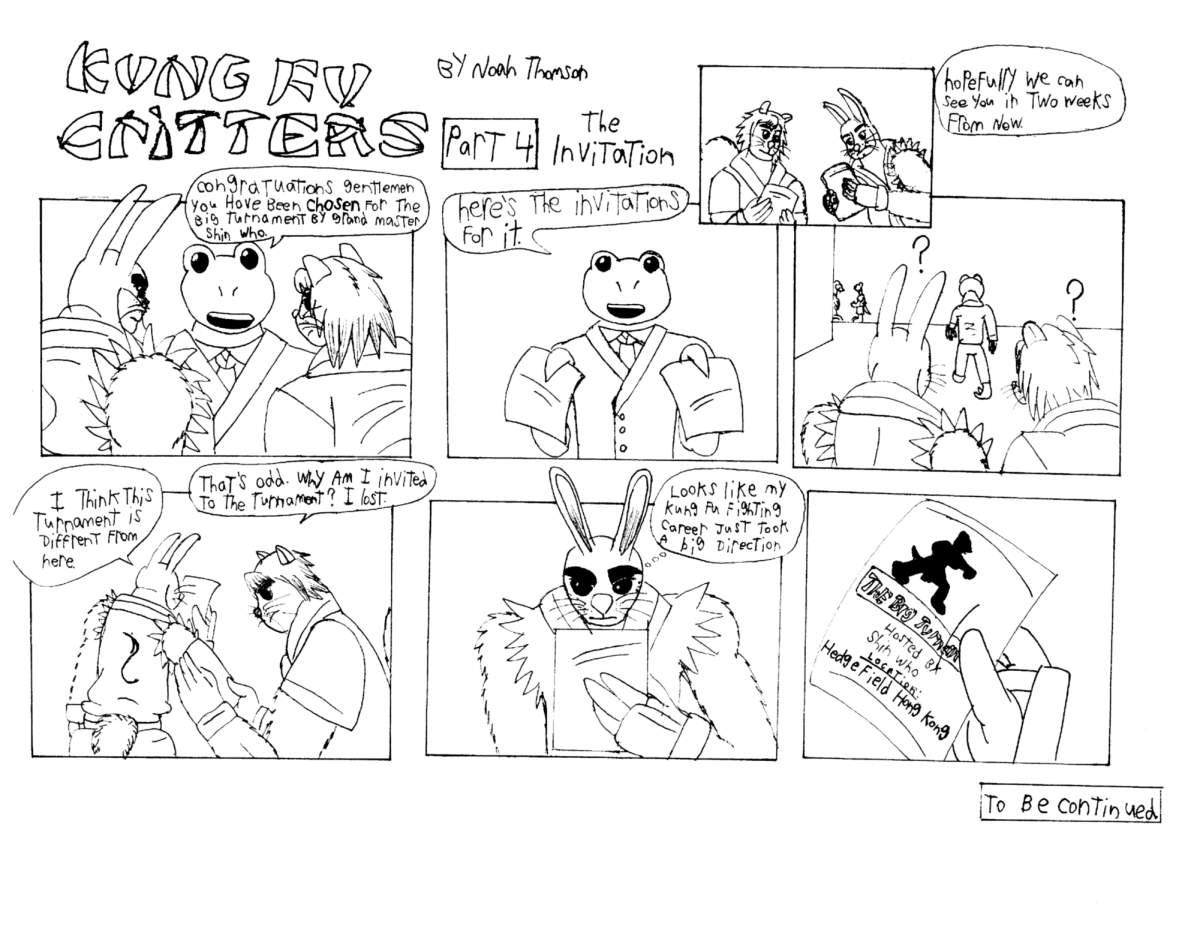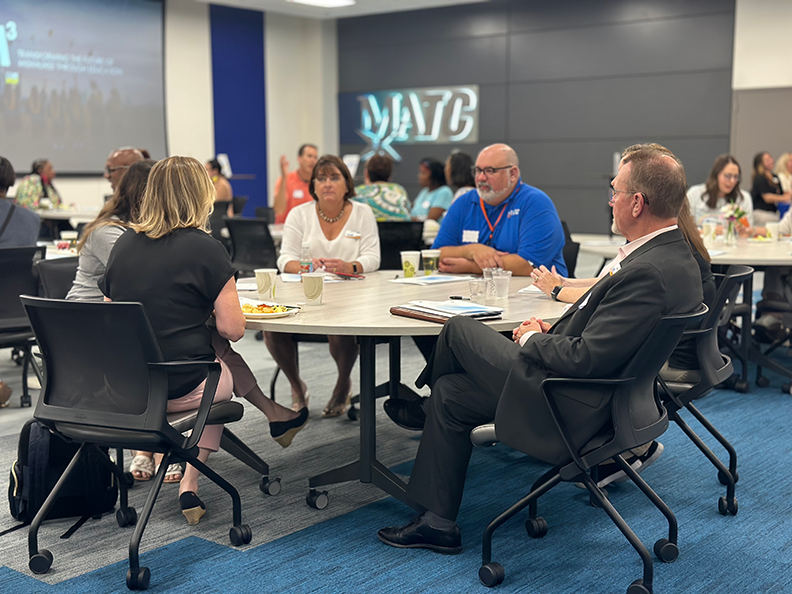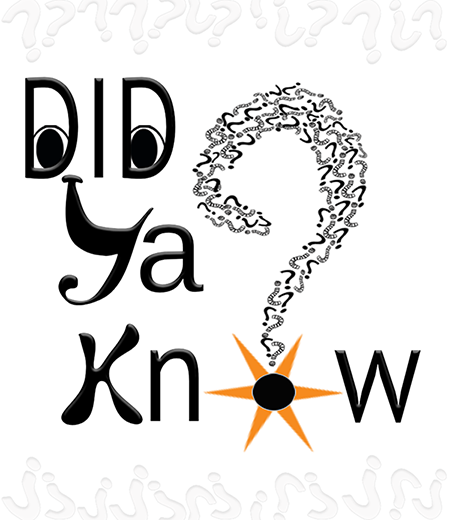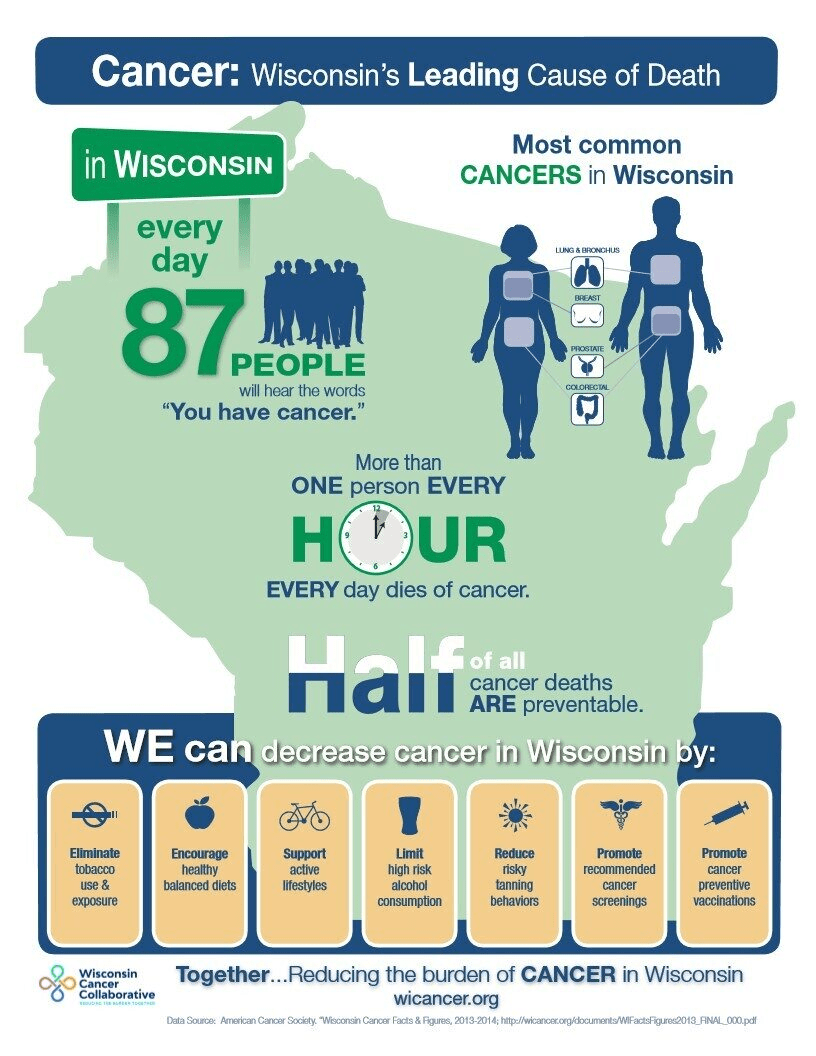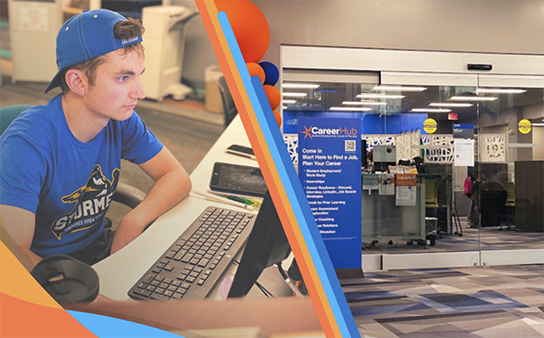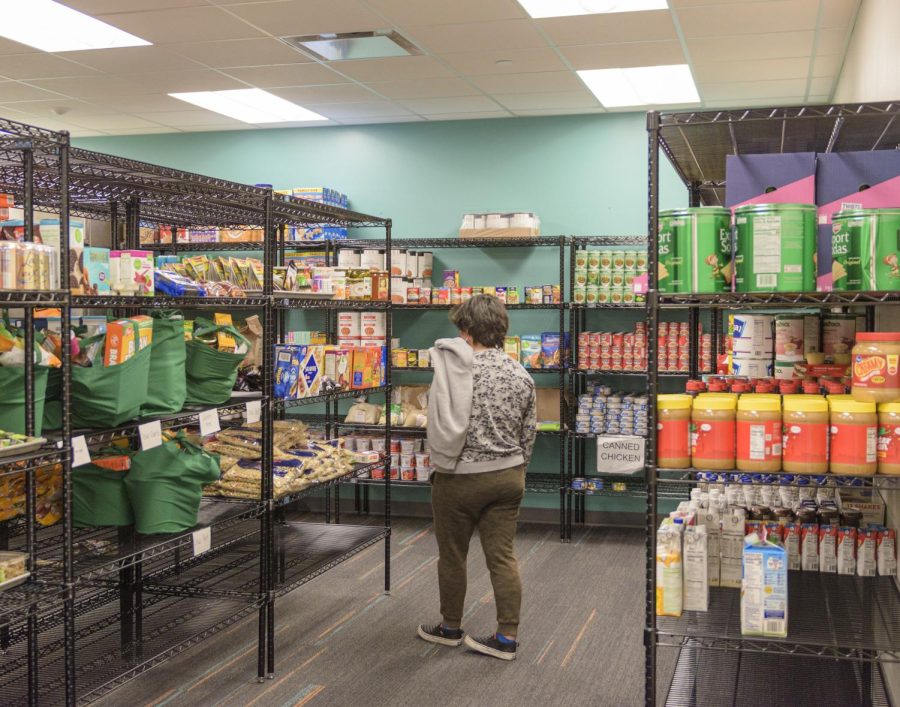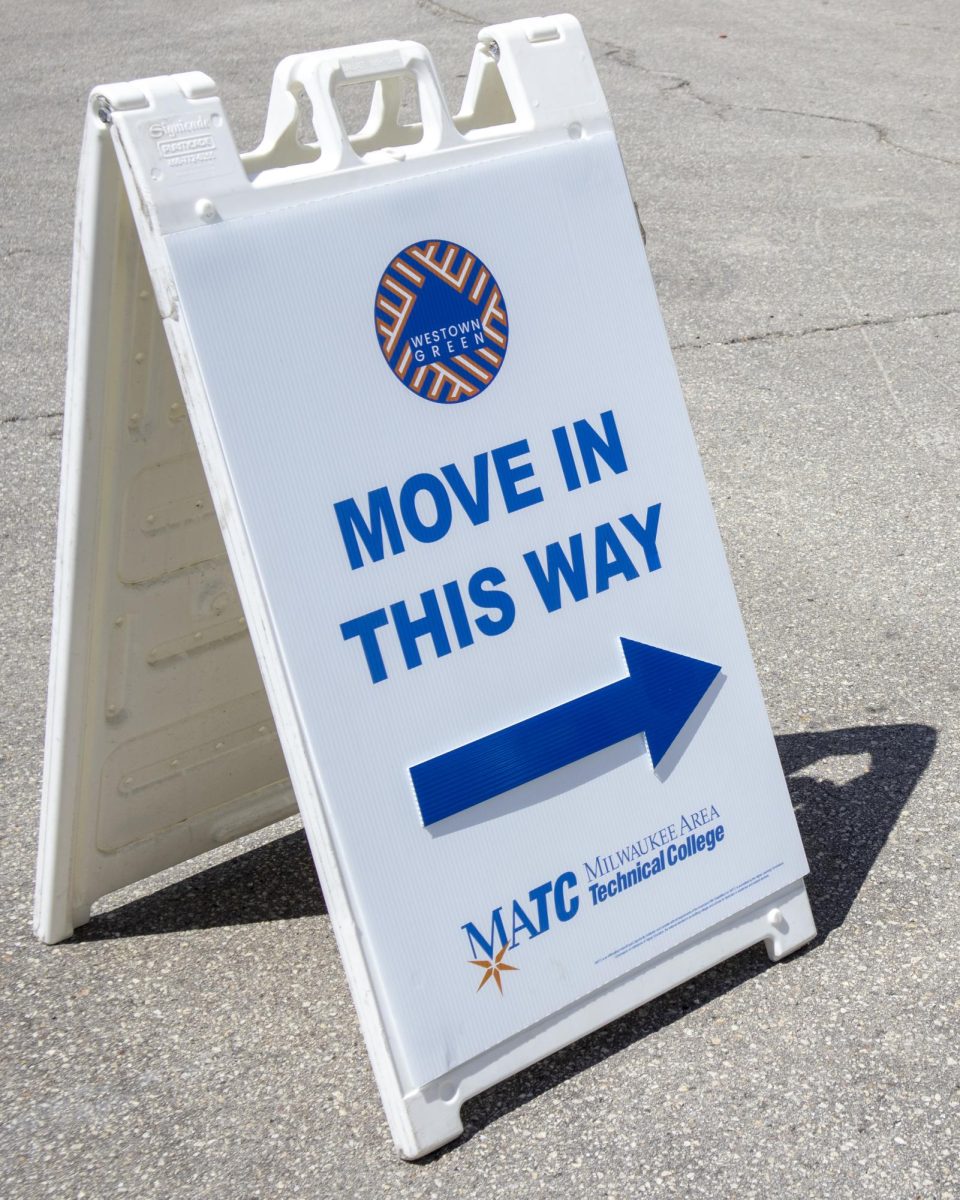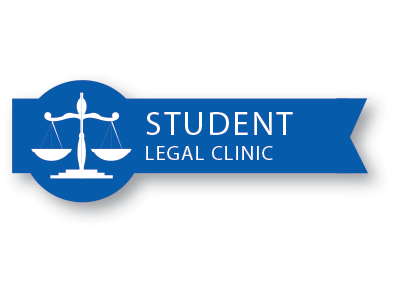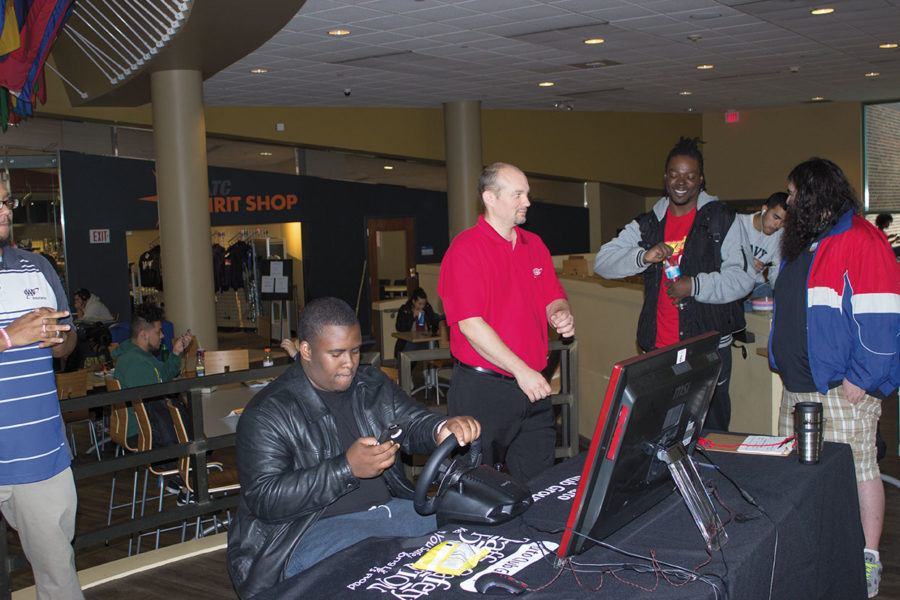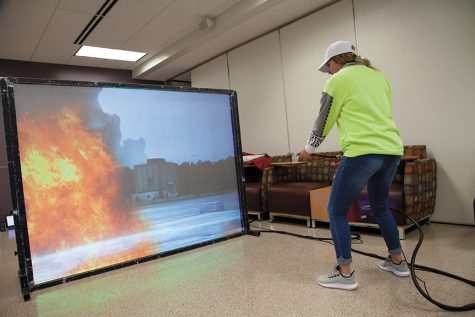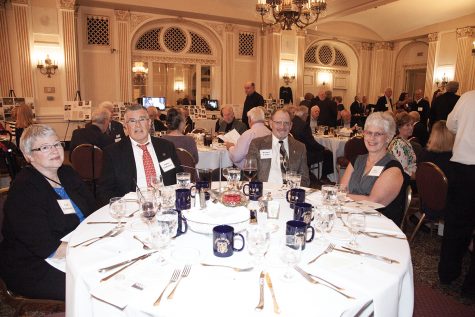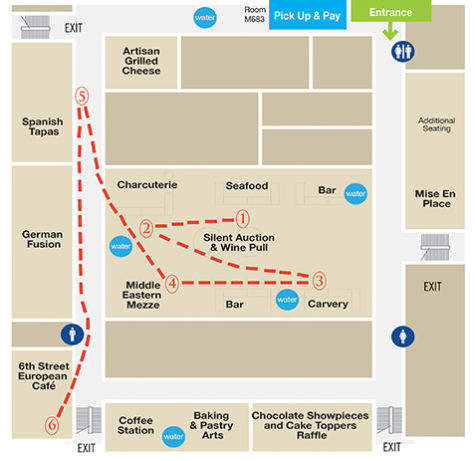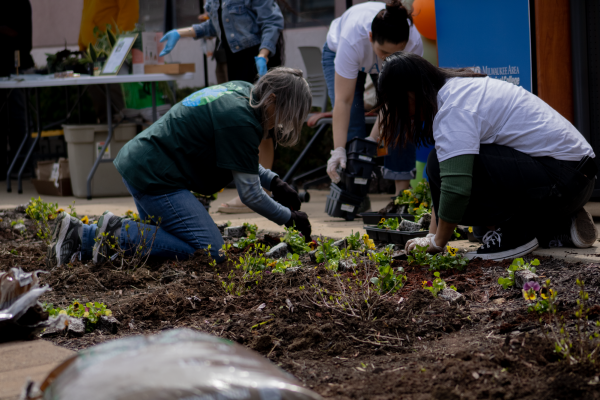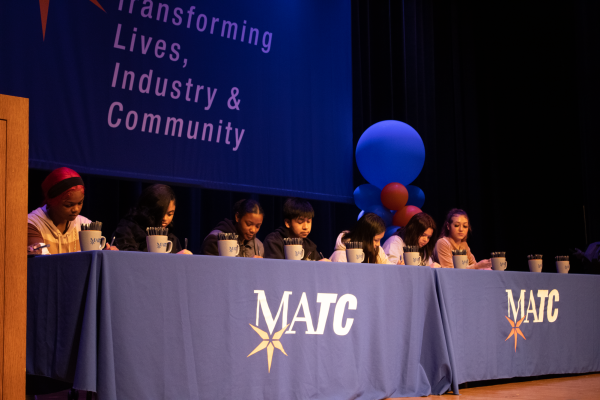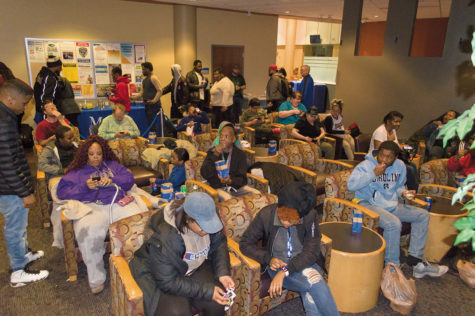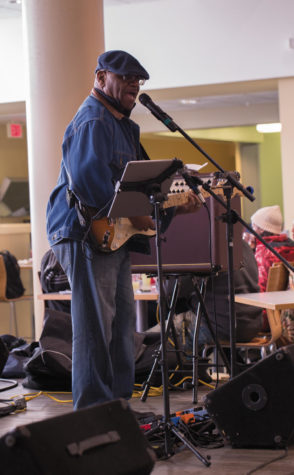Students get crash course in distracted driving
Photo by Ashley Becker/Times
Students quickly learned the consequences of trying to text while driving.
Did you know every 22 seconds a distracted driving accident occurs somewhere in Wisconsin? That’s one of the many facts about distracted driving found on zeroinwisconsin.gov.
In an effort to raise awareness, MATC’s Student Government Association hosted the third annual distracted driving demonstration on Wednesday, Oct. 11, at the downtown Milwaukee campus cafeteria.
Nick Jarmusz, director of public affairs for AAA Wisconsin, was on site educating students on the risks of distracted driving through a vehicle simulator.
Students took turns sitting at the driving station that simulated a residential neighborhood and real driving conditions. This “rules of the road” refresher could not have come at a better time as Wisconsin Public Radio reported 16 percent of all Wisconsin traffic deaths were related to distracted driving.
Of course, most students know drinking and driving is wrong, but often times texting and driving is overlooked and downplayed.

Nick Jarmuz (far right), director of public affairs for AAA of Wisconsin, has a student call the driver to demonstrate how distracting it is to talk on a phone.
Jarmusz said, “People think I’m never going to crash, I’m a good multitasker.” Many students who participated in the simulated driving found that this was not the case. Braxton Clarke, student in the IT software and business management programs said, “I was driving and I switched to my cellphone and the instructor asked me to look up theater times for a movie, and I was like okay that sounds simple; as soon as I did that I crashed into a car. I kinda learned my lesson.”
Distractions can be as severe as intoxicated driving or as seemingly small as reapplying lipgloss, eating, drowsiness, or chatting with your friends. In reference to the distracted driving demonstration, Jarmusz added, “I think it gets the message across to people who take it seriously. Simulations may seem like a game, but the consequences can be very real.”
This demonstration is a wake-up call for students to be conscious while driving, as driving is a civil and legal responsibility and we owe it to our community to make the roadways safer.
Jarmusz offers the following guidelines to drivers: Always stay sober, follow the speed limit, limit conversation and always buckle up.



